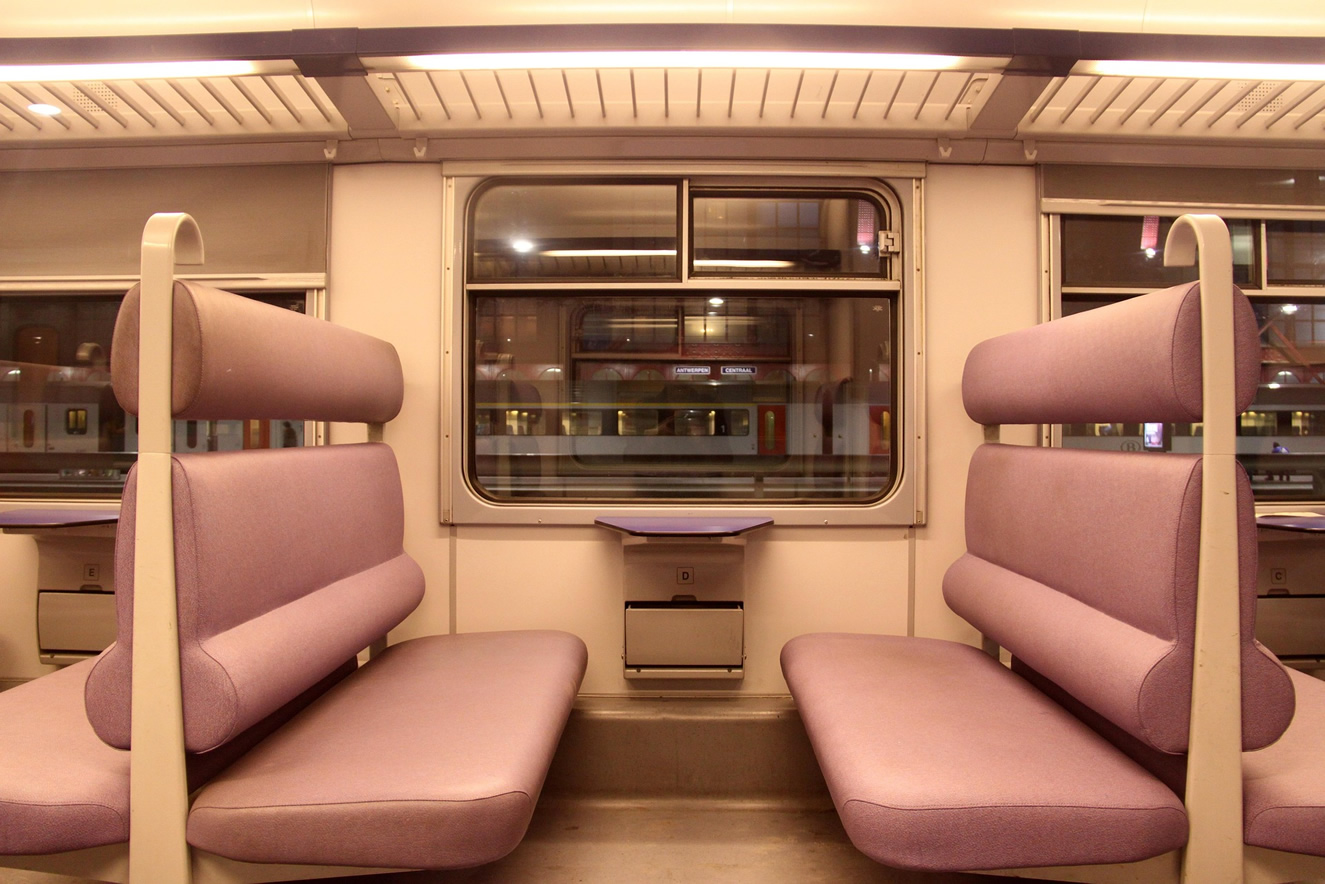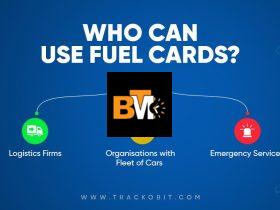In recent years, the rail industry has been embracing energy-efficient solutions to enhance operational efficiency, reduce environmental impact, and improve passenger experience. One of the most impactful upgrades rail operators can make is transitioning from traditional fluorescent lighting to LED lighting within rail carriages. This article explores the benefits of this conversion, the key specifications and compliance requirements for rail lighting, and the challenges involved in making the switch.
The Benefits of LED Lighting in Rail Vehicles
1. Energy Efficiency and Cost Savings
LED lighting consumes significantly less energy than fluorescent lighting, often reducing energy consumption by up to 50%. Given the extensive hours of operation for rail vehicles, this results in substantial cost savings on electricity. Additionally, reduced power draw lessens the burden on auxiliary power systems, improving overall energy efficiency.
2. Longevity and Reduced Maintenance
LEDs have a much longer lifespan compared to fluorescent lamps, typically lasting up to 50,000 hours or more. In contrast, fluorescent tubes generally last between 10,000 and 20,000 hours. The extended life of rail LED lighting reduces the frequency of replacements, leading to lower maintenance costs and less disruption to operations.
3. Improved Passenger Experience
LED lighting provides superior illumination quality, offering brighter and more uniform lighting. Unlike fluorescent lamps, which can flicker and degrade over time, LEDs deliver consistent and stable light output. This enhances passenger comfort, reduces eye strain, and can improve the overall ambience of rail carriages.
4. Environmental Benefits
Fluorescent lamps contain mercury, which poses environmental and health risks if not disposed of properly. LEDs, on the other hand, are free from hazardous materials and are fully recyclable. The lower energy consumption also contributes to reduced carbon emissions, aligning with sustainability goals within the rail industry.
5. Enhanced Safety and Reliability
LEDs operate more reliably under varying environmental conditions. They perform well in extreme temperatures and are less susceptible to vibration and impact—important considerations for rail applications. Additionally, LED lights switch on instantly without warm-up time, ensuring immediate full illumination, which is crucial for safety-critical areas.
Specification and Compliance Considerations
Upgrading rail carriage lighting involves adhering to stringent specifications and compliance requirements. Rail lighting must meet several critical standards:
- EN 50155 – This European standard covers electronic equipment used in railway applications, ensuring operational reliability in vibration, temperature extremes, humidity, and electrical disturbances.
- EN 45545-2 – This standard specifies fire safety requirements for railway rolling stock, ensuring that materials used in LED fixtures meet strict fire resistance and low smoke emission standards.
- IP Ratings – Rail lighting often requires a high IP (Ingress Protection) rating to withstand dust, moisture, and potential liquid ingress.
- EMC Compliance (EN 50121) – To ensure electromagnetic compatibility (EMC), LED lighting must not interfere with railway communication and signalling systems.
- Luminaire Performance (IEC 60598-2-22) – This ensures that LED lighting meets operational performance and durability requirements for transport applications.
Challenges in Converting from Fluorescent to LED
While the advantages of LED lighting are clear, retrofitting rail vehicles with LED technology presents several challenges.
1. Compatibility with Existing Fixtures
Many older rail carriages were designed with fluorescent fittings that may not be directly compatible with LED replacements. While LED retrofit tubes exist and are available from specialist suppliers such as LPA Group, they must be compatible with existing ballast systems or require rewiring to bypass them.
2. Voltage and Power Supply Considerations
Rail vehicles often operate on complex electrical systems with fluctuating voltage levels (such as 24V, 110V DC, or 230V AC). LED solutions must accommodate these variations and meet the power supply constraints of the train.
3. Installation and Downtime
Replacing fluorescent lighting with LED fixtures requires careful planning to minimise downtime. Large-scale conversions must be conducted efficiently to avoid disruptions to rail services. In some cases, bespoke LED solutions may be needed, requiring additional lead time for design and production.
4. Ensuring Uniform Light Distribution
LED lighting behaves differently from fluorescents in terms of light distribution. To achieve the same level of uniformity and brightness, engineers may need to adjust placement and luminaire designs.
5. Initial Investment Costs
Although LED lighting offers long-term cost savings, the initial investment can be significant, particularly if extensive retrofitting is required. However, the return on investment (ROI) through reduced maintenance and energy savings justifies the expenditure over time.
Conclusion
The transition from fluorescent to LED lighting in rail vehicles offers significant advantages, from energy savings and environmental benefits to improved passenger comfort and enhanced safety. However, successful implementation requires adherence to strict industry standards, consideration of technical challenges, and careful planning. For rail operators, the long-term benefits of reduced operational costs, improved efficiency, and enhanced sustainability make LED lighting a worthwhile investment. As the rail industry moves towards greener and smarter technologies, LED adoption will continue to be a key component of modernisation strategies.







Leave a Reply